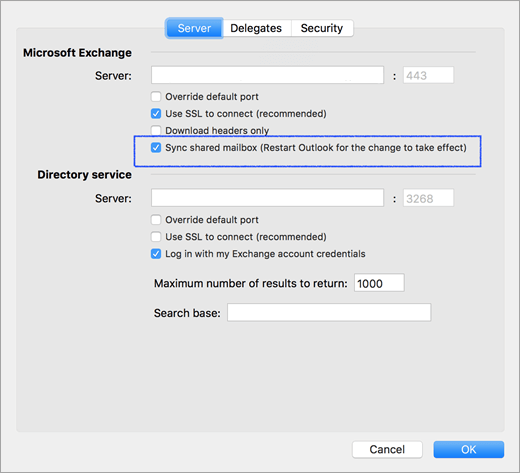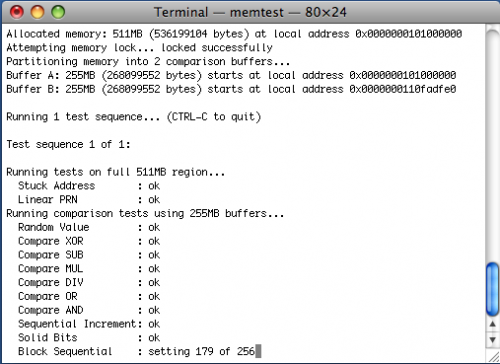
• • • • • • • • • • • • • • Open Your Calendar After logging into Outlook for Mac 2011, you have three options to view your Exchange calendar: • In the left-hand toolbar, click on the calendar icon. • In the menu bar, go to View > Go To > Calendar. • Press command + 3. Calendar Views You can view your calendar by Day, Work Week, full Week, or Month, with options for what is displayed in the weekly and monthly views.
For more information see: Microsoft Calendar Appointment Corruption Issues (August/2018 Update) and Exchange Outlook Calendaring Problems. Office 365 itself is usually not the root of the problem - the mail clients (ActiveSync, iOS devices, iCal) and their connectivity protocol tend to be the culprits. Outlook 2016 for Mac shared office 365 calendar items not showing Hi I have a shared calendar on an Office 365 system that I can see perfectly when using Outlook 2013 on a PC.
Select which view you want by clicking the appropriate icon in the toolbar at the top of the Calendar window. Navigation Just above the calendar itself are left- and right-pointing arrows for changing the day, week, or month, depending on the current view: On the calendar at the bottom of the Outlook for Mac 2011 navigation pane: • Use the left and right arrows to change months. • Click on a date or week to display it. Wherever you are in the calendar, to display the current date click Today in the toolbar at the top of the window. Optionally, from the Calendar menu, select Go to Today, or press command + T.

To specify a date, click View Date in the toolbar. Create a Calendar Event Create an Event for You Only • In the daily or weekly view, go to the date of the event, click in the block for the starting time, and drag to the block for the ending time. • Double-click the time block. • In the New Event window, enter a subject, location, and notes. • When complete, save the event by pressing command + S, or go to File > Save. • Close the Event window. Create an Event including You and Others • Follow steps 1-3, above.
• Click Invite. • In the To: field, type the first email address. Note: For limitations on searching the MIT Directory, see below.
• Click Send. Result: An email message will be sent to each of the invitees.
Note: See Scheduling, below as an aid to planning an event with others. Create an All Day Event • Follow the steps for creating an event. • In the Event window, check All day event. • When finished, save the event. Result: The event is shown in a separate area at the top of the calendar.
To create an event while in a different Outlook for Mac 2011 function (Mail, Address Book, etc.): • In the toolbar at the top, click the triangle on the New icon and select Appointment or, if inviting other people, Meeting. • In the menu bar, go to File > New > Appointment or, if inviting other people, File > New > Meeting. Recurring Event A recurring event repeats on a regular schedule. • In the window for creating an event, click the Recurrence: drop-down menu and select an option or select Custom. • Selecting Custom opens a window where you can set the recurrence pattern.
To edit a recurring event, double-click the event on the calendar. You will be prompted to open the one occurence or the entire series. Edit an Event You can edit only those events which you created or have been given permission to edit. • Double-click on the entry.
Memtest OSX is the best ram-testing utility for the Macintosh platform with the ability to find intermittent memory problems that are the frequent cause of unexplained crashes or freezes in Macs. Memtest can identify random memory problems that commercially available utilities miss including defective motherboard CPU cache memory. Memtest by HCI Design is a powerful tool that will enable you to check your computer's RAM memory. Unfortunately, if you're working under Mac OS X, you will not be able to run this app as there is no version of Memtest for Mac yet.  This small command-line utility thoroughly checks available memory under OS X. Memtest is licensed under the Gnu Public License and is distributed with source. If you have recently upgraded your Mac RAM, or if you are experiencing strange system crashes, it’s a good idea to test your memory modules integrity using a free tool called memtest. Essentially, memtest is a utility designed to stress test RAM for errors. Without getting overly technical in the.
This small command-line utility thoroughly checks available memory under OS X. Memtest is licensed under the Gnu Public License and is distributed with source. If you have recently upgraded your Mac RAM, or if you are experiencing strange system crashes, it’s a good idea to test your memory modules integrity using a free tool called memtest. Essentially, memtest is a utility designed to stress test RAM for errors. Without getting overly technical in the.
Result: The Event window opens, where you can edit the details. • When finished, save the event by pressing command + S, or go to File > Save. Delete an Event You can delete only those entries which you created or have been given permission to delete. For a meeting or calendar event with more than one attendee, only the meeting requestor should cancel or delete the meeting or calendar event. If an invitees deletes a calendar event or meeting from their calendars, they will not receive future updates if the event or meeting is recurring.
When meetings are cancelled, an email is sent to all invitees and will remove the entry from the calendars of all invitees. • Click on the entry to select it • Press the delete key, or in the menu bar go to Edit > Delete.
Result: You will be prompted to confirm deletion. View Other Calendars You must have permission to view a calendar before opening it. • In the menu bar, go to File > Open > Other User's Folder. • In the dialog box, enter the name of the person whose calendar you wish to view. Make sure that Type is set to Calendar.